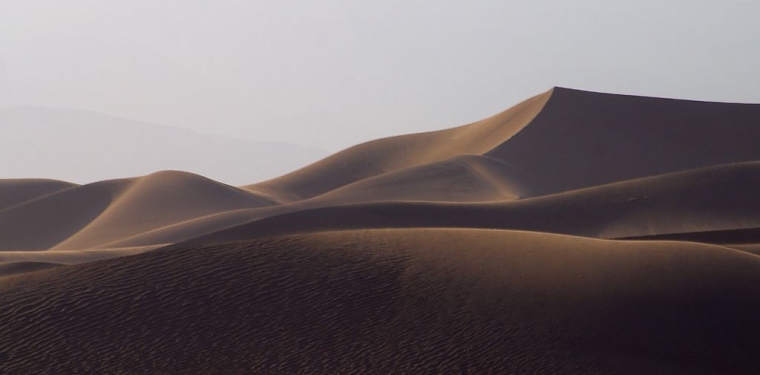How the Scarcity of Sand is Affecting the World

When most people think of a sand shortage, the first thing that comes to mind are beaches that have been swept out to sea because of a particularly strong hurricane. While such a scenario may be temporarily true in some locales, the problem goes much deeper than that. Over the last several centuries, humans have found incredibly diverse uses for sand, mostly as a component to make something else. Sand is part of glass, electronics and most importantly is a key ingredient in making concrete for roadways and buildings.
Although it seems like an unlimited source with the presence of large deserts on the Saudi Arabian peninsula and in North Africa, our current supply is dwindling rapidly. What’s more, while Earth does replenish her supply of sand, she takes her time doing so as sand takes eons to form through the erosion of rocks.
How the Sand Shortage Affects the Environment
Much has been made about how infrastructure such as roads negatively impacts our environment, but little attention has been placed on how the mining of this natural resource affects the Earth. Sand and gravel are now the most mined resources in the world, surpassing gas and oil. In 2012, the world used nearly 30 billion tons of sand and gravel just to make concrete, according to the United Nations Environment Program.
Excessive sand mining is having a decided ecological impact in certain parts of the world, particularly in China, India and Vietnam. Fast-growing Asian nations are overtaking Europe and North America as the biggest extractors and users of sand. The problem is the worst in fast-growing economies like Singapore and China. The latter has become the world’s largest importer of sand, adding an estimated 130 square kilometers to its size through ocean reclamation projects using sand as a base.
San extraction damages coastlines causing erosion while also destroying ecosystems such as coral reefs in Kenya. In India, it threatens the habitat of endangered crocodiles. In other locales, the absence of sand facilitates disease transmission by creating standing pools of water where sand once stood. It also increases the possibility of natural disasters such as storms and tsunamis. The devastating 2004 tsunami in Sri Lanka demonstrated this as there was no natural barrier to stop the waves as so much sand had already been mined.
A Criminal Industry
Another outcome resulting from overmining of sand is that entire islands have disappeared, particularly in Indonesia. Sand has traditionally been considered a common pool resource, but because of the huge shortage in some areas, it has become big business with violent criminal gangs involved in much of the extraction activity. Like organized criminals virtually everywhere, these gangs bribe police and when they don’t get their way, they even kill people. Organized sand crime groups exist in India and Italy and other coastal countries. Singapore’s sand imports have drawn the country into disputes with Cambodia, Malaysia and India.
Local regulations need better enforcement in order to stem the harmful effects of excessive sand mining. The international community should be encouraged to develop a global strategy to treat sand like a resource in a level with air and other natural resources.




